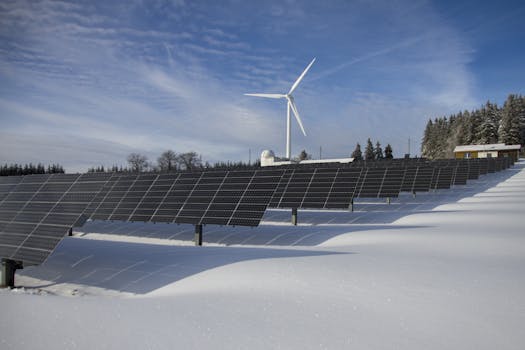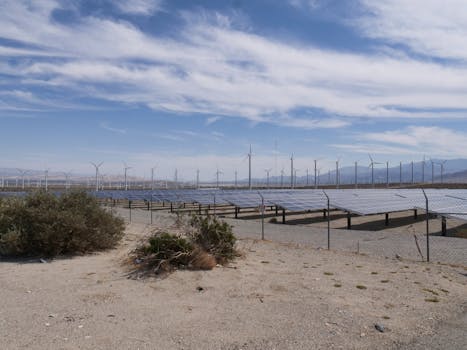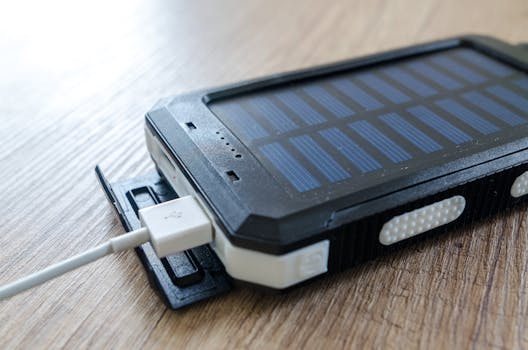
Introduction

Breakthroughs in renewable energy technology are transforming the landscape of sustainability. With the global push towards cleaner energy sources, innovations in solar power, wind energy, and energy storage are paving the way for a sustainable future. This article explores these advancements and their implications for reducing our carbon footprint.
Advancements in Solar Energy

Solar energy has seen significant breakthroughs, particularly in photovoltaic technology. New materials, such as perovskite solar cells, are emerging, offering higher efficiency rates and lower production costs. These advancements make solar energy more accessible and affordable for consumers.
Additionally, solar panel recycling technologies are evolving, ensuring that end-of-life panels are processed responsibly, reducing waste and environmental impact.
Innovations in Wind Energy

Wind energy technology is also advancing rapidly. The development of larger and more efficient turbines allows for increased energy production even in low-wind conditions. Offshore wind farms are becoming a viable source of renewable energy, harnessing powerful ocean winds.
Furthermore, advancements in turbine design and materials contribute to reduced costs and improved energy output, making wind energy an increasingly competitive energy source.
Energy Storage Solutions

Energy storage is crucial for the reliability of renewable energy sources. Breakthroughs in battery technology, such as lithium-sulfur and solid-state batteries, promise higher energy densities and longer lifespans. These innovations enable more effective storage of energy generated from solar and wind sources.
Moreover, the integration of energy storage systems with renewable energy sources facilitates a more stable and resilient power grid, addressing the intermittency issues associated with renewable energy generation.
The Role of Smart Grids

Smart grids are revolutionizing how energy is distributed and consumed. By utilizing advanced communication technologies, smart grids enhance grid reliability and efficiency. They allow for better integration of renewable energy sources and provide consumers with real-time data on energy usage.
These grids also support demand response initiatives, enabling consumers to adjust their energy consumption based on availability, further promoting sustainability.
Conclusion

The future of renewable energy technology is bright, with significant breakthroughs driving sustainability efforts worldwide. As advancements in solar and wind energy, energy storage, and smart grids continue to evolve, they will play a crucial role in mitigating climate change and ensuring a sustainable future for generations to come.



